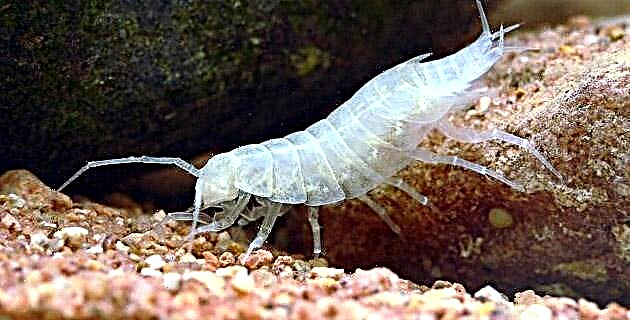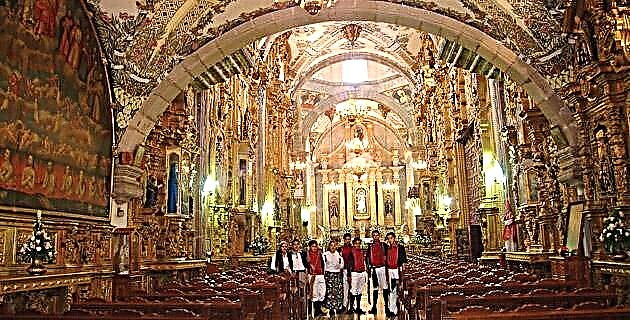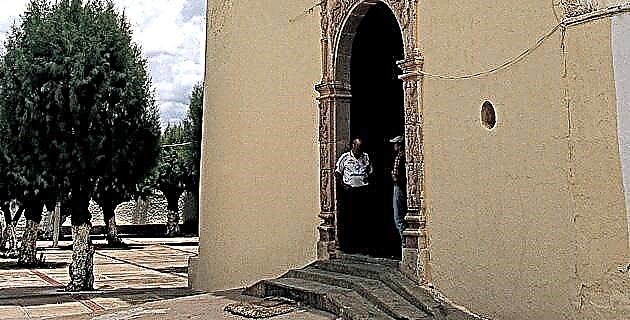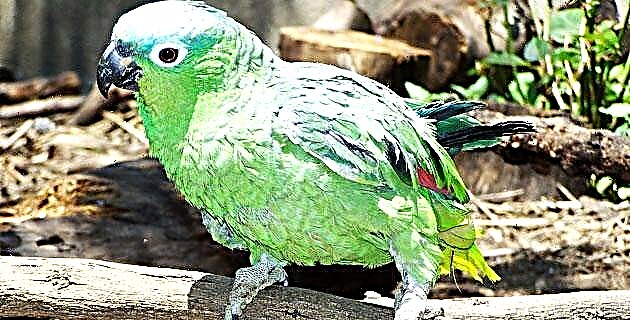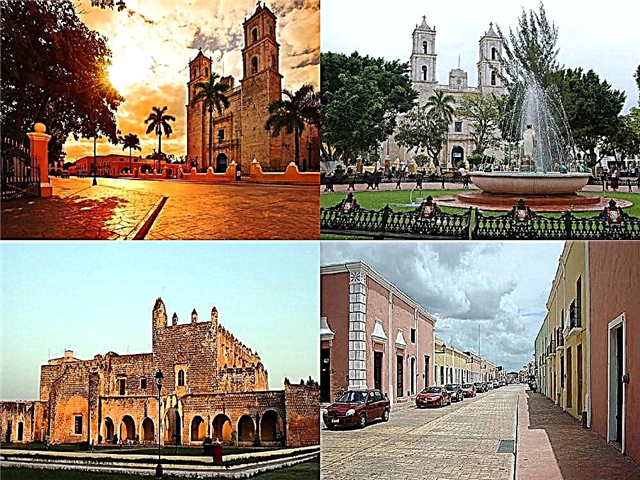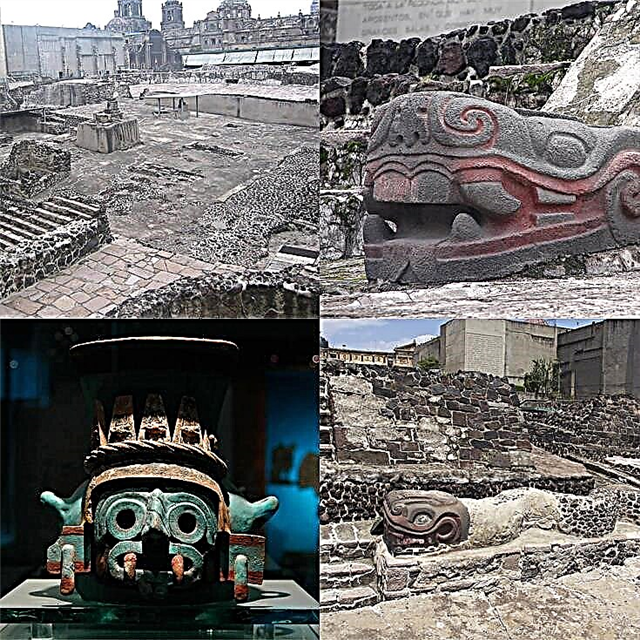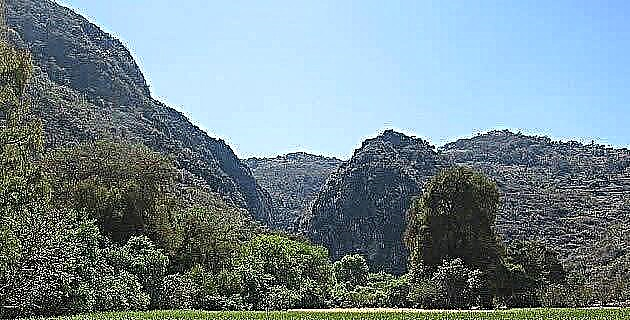
Santiago Apoala does not exceed 300 inhabitants, but it offers an attractive variety of options: the crystalline Apoala River, its enormous canyons, a waterfall of more than 50 meters, abundant natural vegetation, caverns worth exploring, and archaeological remains; However, the walls of the river canyons, which exceed 180 meters in height, were what motivated us to carry out our expedition.
Apoala has an ancient history, it is recognized as the cradle of the Mixtec culture and as its paradise, a mythology that can be compared in the Codex Vindobonensis. The road there starts from Nochixtlán and offers a synthesized view of the Upper Mixteca, the road is winding and crosses mountains with temperate pine and oak forests, landscapes with drought-resistant vegetation, and again hay-covered holm oaks that give a disturbing touch; red soils and white limestone rocks frame the route. The villages and their crops are distributed along with their magueys and their cactus plants; Peasant life and the speech of Mixtec (a variant in itself, Mixtec Apoala) coexist with churches and collective taxis.
Opening the route in Peña Colorada
The town has a hostel, cabins and a camping area. It settled following the course of the Apoala River and this marks the route to access the first canyon, where the Peña del Águila or Peña Colorada is located. It presents a huge area of limestone walls that immediately capture the attention. The bare surface of vegetation is 150 meters high, it is limestone composition with reddish and yellowish tones. This type of rock has its own characteristics that favor the practice of climbing, its texture is soft and there are wide and comfortable grips.
The main route of ascent was located in the center of the wall on a crack that divides it; this route had been opened by climbers from Oaxaca, however only a third of its potential height had been reached. Our team was made up of Aldo Iturbe and Javier Cuautle, both with more than ten years of experience, a national rock climbing title and international competitions.
The construction of the main road involved a huge effort, most of it was advanced on unexplored terrain with heights exceeding 60 meters. In these conditions you only rely on the ability of the climber and his belaying equipment, loose rocks and honeycombs are always a potential hazard. When a new route is opened, one is securing, every certain height, with provisional equipment that is supported by cracks that can support it in the event of a fall. In the subsequent ascents, the screws and plates can already be placed that will allow to secure the ropes for the following climbers, without the danger of a fall.
The opening of this route was completed in three different exits, due to the height itself and the more complex sections of the wall; It was even necessary to go through it for days, spending the night in a cave located 50 meters above the ground. The first two sections of the wall (long) had intermediate levels of complexity. The degree of difficulty of a section is determined by the most complicated movement necessary to solve its ascent. During the third pitch, the difficulty increased as a difficult movement was required that has to be carried out with the verticality of the wall against the climber. In another later movement, Aldo, who was leading, accidentally detached a rock about 30 centimeters in diameter, which hit his thigh, and collided with Javier's helmet and cheekbone, fortunately it only caused a scratch and a brief dizziness , the safety helmet prevented the tragedy. On that occasion it was raining, the cold numbed their fingers and the light had withdrawn, the descent was made almost in darkness and with the certainty that a life had been saved that day.
The upper third of the wall, where the fourth and fifth length were located, is the most complicated (grade 5.11), the verticality is again against, the void is more than 80 meters and the accumulated fatigue is added very sharp grips . Finally, the name with which the route was baptized was “Two-headed Eagle”.
Results
Four other routes parallel to the “Two-headed Eagle” were explored and established, which are lower in height but offer interesting variants; One of them allows us to contemplate during the ascent several eagle nests that are located in the holes adjacent to its route, and other routes were left open to be able to extend them on other expeditions.
It is important to keep environmental disturbance to a minimum. Rock climbing can be developed as a sport with reduced impact, because apart from the passion for heights, ropes and stone, climbers seek to enjoy the impressive landscapes that can only be seen from the heights.
The opening of climbing routes in Santiago Apoala opens the possibility of it being recognized as an important place for this sport, the height of the walls and the beauty of the landscape easily place it as the most attractive place in the southeast of the country. In addition, the possible increase in visitors can contribute to the residents consolidating tourism as the main productive activity and generating the economic resources necessary to improve their standard of living, hopefully, they could reduce the high rates of emigration that the community sadly suffers. Mixtec ..
If you go to Santiago Apoala
Starting from the city of Nochixtlán (located 70 km north of the city of Oaxaca, on the Cuacnopalan-Oaxaca highway), take the rural road that leads through the towns of Yododeñe, La Cumbre, El Almacén, Tierra Colorada, Santa María. Apasco and finally Santiago Apoala, this route extends 40 km. There are transportation routes and collective taxis that go to Santiago Apoala, starting from Nochixtlán.
Recommendations
Rock climbing is a risk-controlled sport, so it requires strict observance of certain recommendations:
• Possess a minimum physical condition.
• Enroll in a specialized rock climbing course with an experienced instructor.
• Acquire the minimum equipment for the start of the activity: climbing shoes, harness, belay equipment, a safety helmet and a magnesia dust bag.
• The more specialized practice of sport climbing requires the acquisition of the necessary equipment such as: ropes, sets of anchors, quickdraws, and the material for the installation of new climbing routes (drill, screws and special plates).
• A first aid and loss management course is highly recommended.

